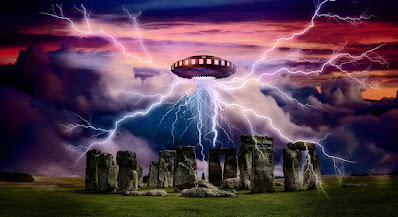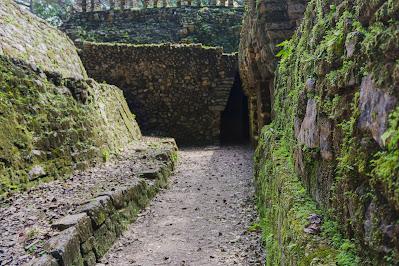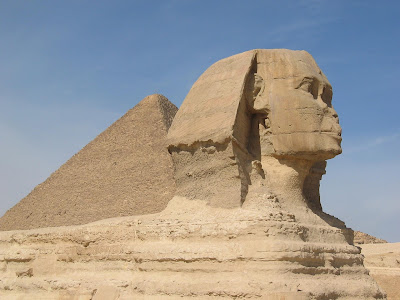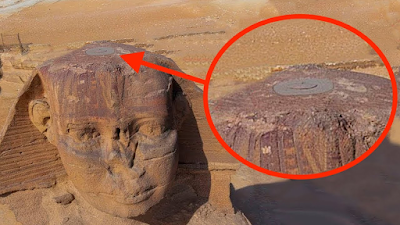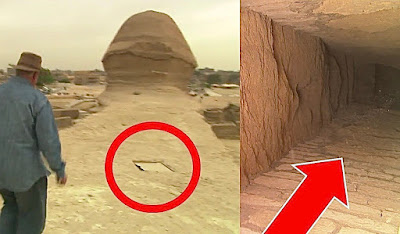Since time immemorial, humanity has been mesmerized by the enigmatic riddles woven into the tapestry of our past. Among the many captivating subjects that bewitch our imagination, few rival the allure of ancient aliens. The ancient astronaut theory, a tantalizing hypothesis, posits that our ancestors encountered advanced extraterrestrial beings who bestowed upon them knowledge, technology, and profound influence. In this captivating exploration, we will venture into the intricate web of ancient aliens, traversing the labyrinth of theories on this fascinating subject.
The ancient astronaut theory is a captivating notion that suggests civilizations from other planets or distant galaxies made contact with our ancient forebearers, shaping our development and leaving an indelible mark upon our history. Advocates argue that clues are embedded within ancient texts, religious scriptures, and enigmatic artwork, offering glimpses into these awe-inspiring extraterrestrial encounters. It is believed that our ancestors, in their limited understanding, interpreted these advanced beings as gods or celestial entities, attributing their remarkable abilities to divine powers.
The influence of ancient aliens upon our ancient civilizations cannot be understated. Some of the most remarkable ancient wonders and architectural marvels have been attributed to their intervention. The pyramids of Egypt, with their precise alignments and awe-inspiring construction techniques, have long been considered evidence of extraterrestrial involvement. Similarly, the perplexing Nazca Lines etched into the Peruvian desert, visible only from the sky, have ignited speculation about their purpose and potential connections to ancient aliens.
Furthermore, artifacts and archaeological discoveries continue to emerge, providing tantalizing hints of ancient astronaut influences. Ancient cave paintings portraying figures with elongated heads, large eyes, and other non-human characteristics are interpreted by some as depictions of extraterrestrial visitors. Meticulously crafted carvings adorning ancient temples and structures display intricate designs and advanced technological elements, further bolstering the notion of extraterrestrial intervention in human history.
Mythology and religion is filled with tales of gods and celestial beings descending from the heavens. These ancient myths and religious texts, often dismissed as mere fables, bear striking similarities across different cultures. The Anunnaki of Mesopotamian mythology or the Vimanas mentioned in ancient Hindu texts are believed by proponents of the ancient astronaut theory to be accounts of ancient alien encounters, veiled in the language and symbolism of the time.
However, it is essential to acknowledge that the ancient astronaut theory is not without its skeptics and critics. Skeptics argue that the evidence put forth is subjective and open to interpretation. They propose alternative explanations, such as cultural diffusion or human ingenuity, to account for the remarkable achievements of ancient civilizations without invoking extraterrestrial interference.
In recent years, the concept of ancient aliens has pervaded popular culture, captivating audiences through television shows, documentaries, and literature. Programs like "Ancient Aliens" have propelled the subject into the mainstream, presenting alternative theories and unravelling the mysteries of ancient civilizations through the lens of ancient astronauts. This increased media exposure has further ignited public interest, fostering ongoing debates and fervent discussions surrounding the enigmatic realm of ancient aliens.
The realm of ancient aliens and the ancient astronaut theory invites us to embark on a captivating journey of exploration and speculation. While proponents present compelling evidence, skeptics offer alternative explanations, creating a landscape of ongoing debates and fervent discussions. As we delve into the mysteries of our ancient past, it is crucial to maintain an open mind, questioning established narratives and embracing the pursuit of knowledge. Whether ancient aliens are fact or fiction, the allure of this enigmatic subject reminds us of our boundless curiosity and the enduring quest to unravel the secrets that shape our understanding of human history. The exploration of ancient aliens ultimately serves as a reminder of the vastness of the unknown and the endless possibilities that lie beyond the confines of our earthly existence!
Articles you might like:
